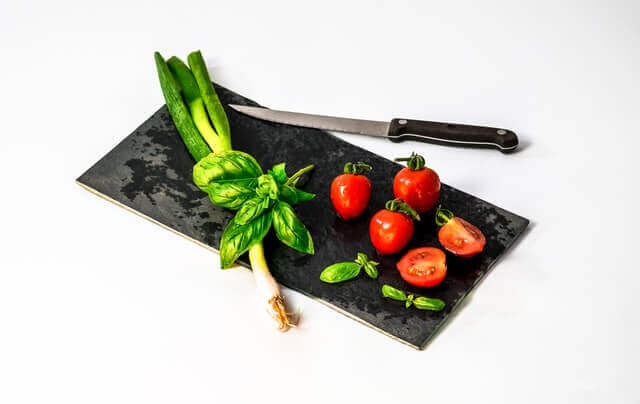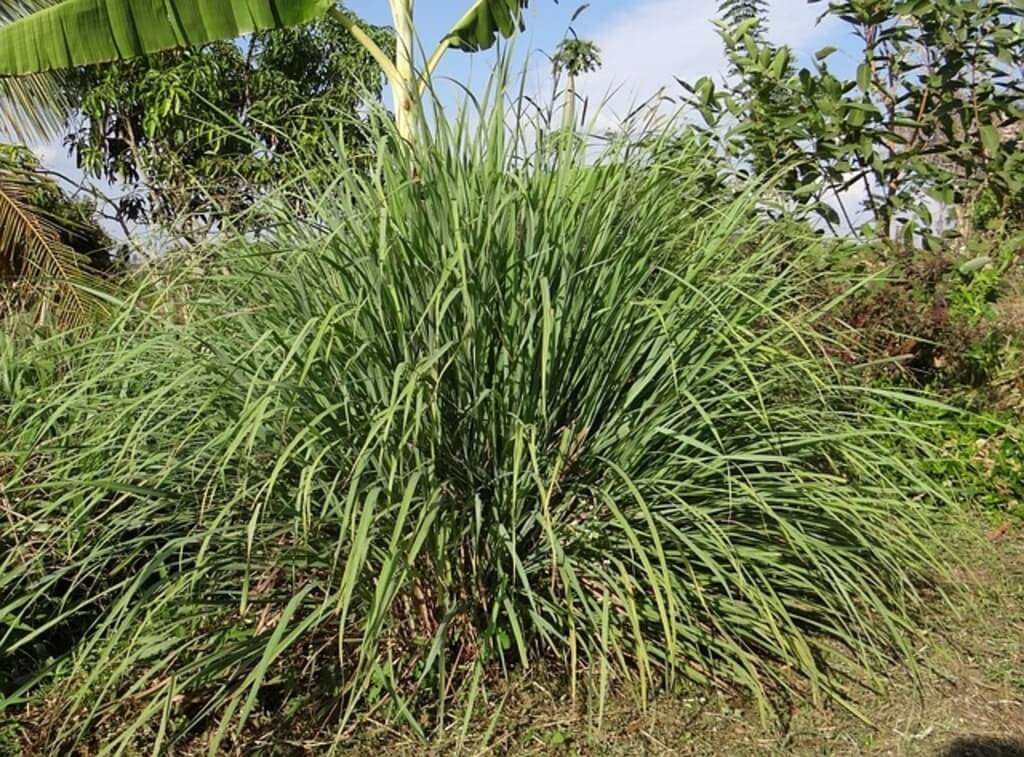How To Grow Lemongrass From Seed (Growers Guide)

Are you interested in learning how to grow lemongrass from seed? Well, growing lemongrass isn’t all that hard, and you do not need to possess a good green thumb to succeed. Let me share with you how to cultivate lemongrass so that you too can enjoy the refreshing taste of lemongrass.
Growing lemongrass is relatively easy, but there are also specific care requirements that you need to know about. I have outlined the basic requirements for growing lemongrass from seed.
Table of Contents
The History of Lemongrass
The origins of Lemongrass are one of the lesser known, but most talked about in parts of Southeast Asia. It is a perennial plant that grows in damp tropical forests and is very low maintenance. It has been in existence for centuries, dating back to early Mesolithic times when it was used as a medicinal treatment for treating afflictions like constipation and diarrhea.
Its traditional uses are still being studied today, although much of its potential has not yet been tapped. Its oil is extracted from the leaves and twigs, which contain saponins, lipids, and essential oils. An entire stemless flower is edible and has a pungent taste that is reminiscent of curry.
Medicinal Uses of Lemongrass
If you are looking for an all-natural topical treatment for arthritis, eczema, colds, and the flu, you should consider trying lemongrass essential oils. Although it is not an official treatment for any of these conditions, it has been proven to have positive benefits in alleviating the symptoms and reducing inflammation.
For those who are looking for a more medicinal uses, you should look to the antiseptic and anti-inflammatory properties found within the leaves and stem of the herb. This versatile and affordable oil can be used in a number of different ways and has been proven to help with a number of health problems.

Germinating Lemongrass Seeds
Since lemongrass is an annual herb it requires little attention throughout the growing season. The main concern is germination. Germination is important because lemongrass needs support to grow properly.
When growing lemongrass from seed, the best time to start germination is 2 to 5 weeks prior to the last frost. You can either start germination indoors, or you can directly sow your seeds in your garden.
Just place a few seeds in each spot about 1/16th deep. Seeds should be planted 18″ – 24″ inches apart. The soil needs to be at a fairly warm temperature of 70 degrees F, in order for them to germinate. Lemongrass requires sunlight to germinate.
If you would like to start them indoors, then the best way to germinate your seeds, is by using a seed starter tray, and I like to combine this with a high quality seedling mix. Both these products are available on Amazon.
Lemongrass seeds will germinate in approximately 10 to 21 days. Seedlings will harden off and will be ready to plant after 4 weeks, and it can be planted outdoors in early-spring.
You will want to keep the seedlings moist by misting them with water in a spray bottle daily.
Seedlings require about two weeks to mature. They may be divided and replanted each year and then placed in the garden for the entire growing season.
Selecting a Pot or Planter
Whenever you grow Lemongrass, use a planter or pot that has holes in the bottom for drainage. What you must realize is that smaller pots do not give the Lemongrass as much room to spread out, and get the nutrients that they need.
When selecting the size of your pot, I would recommend using a pot that is a minimum of 14″ inches in diameter. This will give your plant more than enough room, so that the roots can fully expand.
Whenever I grow this herb, I like to use the Classic Garden Planter combined with a good-quality, well-draining soil from FoxFarm. You can purchase both of these products on Amazon.
Soil Needed
When preparing suggested soil for lemongrass plant use, a healthy root system will flourish, so prepare your soil as if it is ready for the prized herb. Organic matter, or compost, will provide ample nutrients to the roots as they grow.
Plant your herbs with their roots in the desired location, about one inch below the surface of the ground, and keep in mind that the deeper you plant them, the more roots you will need to feed. You can break up the soil a little before planting by hand or with a trowel.
For lemongrass, you will want to use a simple soil mix, as the natural soil composition is quite acidic, and not very water retaining. Your suggested soil mix should be made with organic matter, preferably mixed with peat moss, or perlite.
Proper Watering
As far as watering is concerned, you shouldn’t water your lemongrass too often, as this might cause wilting. If you do find that your plant is getting dried out too often, it’s recommended to give it an occasional soak with water.
Do not, however, water your lemongrass for too long, as the water can cause the roots to bruise. You should also avoid getting the leaves wet by washing them with water, as this can result in them becoming slimy and sticky.
Sunlight Requirements
Although there are several species of the lemongrass plant, the most recommended sunlight for lemongrass is direct sunlight coming from the Southern Hemisphere. This will provide the best type of light for growing lemongrass, however, you should not have your plants get more than about 4 hours of direct sunlight per day.
The sun will also cause your plants to burn, so if you want them to last longer during the cold winter months, be sure to block as much of the sunlight as possible during those months. During spring time and summer, it’s recommended to let your plants receive indirect sunlight. However, don’t let them stay out of your sight in order to prevent burning.
Pruning
When it comes to growing herbs, one of the most popular and well-loved plants is the lemongrass. This herb has a slightly bitter taste in its flesh but is very easy to grow, making it an ideal plant for a beginner’s garden.
As with all herbs, lemongrass is very easy to prune, and when you prune it properly, you will be leaving the whole plant with wonderful new growth. The best time to prune this herb is in early spring when the vigorous growth is finished.
The leaves will go back to being small, and crisp, ready for harvesting. You should prune your plant regularly, but I would advise to not cut the plant down to less than 3 feet in height.
Harvesting
The first tip for harvesting lemongrass would be to avoid touching the lemongrass plant itself. You should handle with gloves since this type of herb has very strong sap. The best way to avoid touching the lemongrass is to wrap it in a towel and then throw it away.
Although the lemongrass may smell really strong initially, it is going to smell even better as it starts to oxidize. Lemongrass should be ready for harvesting in around 90 days or 3 months. Once your Lemongrass plant has reached a height are at least one foot, you can start to harvest your plant.
You can easily cut the stalks at the base or the second method would be to pull out the entire stalk. Now remove the grassy area from the base of the plant and set aside your stalk for drying. The best way to dry it is using a drying rack. This will allow the wilted leaves to dry quickly and efficiently.
Companion Plants
- Echinacea
- Lemon verbena
- Thyme
- Mint
- Basil
- Cilantro
- Sage
- Mint
- Ginger
- St. John\s Wort

Culinary Uses
Lemongrass has many culinary uses, and should be added to your daily diet. One of the things I enjoy most about Malaysia, Thailand, and the islands that I live on is the lemongrass. Growing it in my back yard has given me the ability to have fresh lemongrass taste anytime. In addition to adding it to my cooking,
I will sometimes use it as a pesto sauce for meats that I prepare. I also like to dry the leaves and grind them into a powder in my mortar and pestle for seasoning my food. Using lemongrass for its flavor is truly one of the best things you can do.









